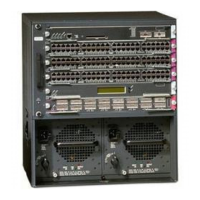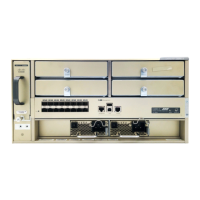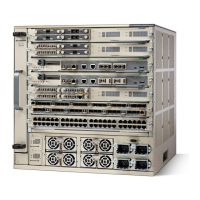9-4
Catalyst 6500 Series Content Switching Module Configuration Note
OL-4612-01
Chapter 9 Configuring Health Monitoring
Configuring Probes for Health Monitoring
Configuring an HTTP Probe
An HTTP probe establishes an HTTP connection to a real server and then sends an HTTP request and
verifies the response. The probe probe-name http command places the user in HTTP probe
configuration submode.
To configure an HTTP probe, perform this task:
Router(config-slb-probe)#
failed
failed-interval
Sets the time between health checks when the server has been
marked as filed. The time is in seconds
1
.
Range = 2–65535
Default = 300 seconds
Router(config-slb-probe)# open
open-timeout
Sets the maximum time to wait for a TCP connection. This
command is not used for any non-TCP health checks (ICMP or
DNS
1
).
Range = 1–65535
Default = 10 seconds
1. The no form of this command restores the defaults.
2. Inband health monitoring provides a more scalable solution if you are receiving performance alerts.
Command Purpose
Command Purpose
Step 1
Router(config-module-csm)# probe
probe-name http
Configures an HTTP probe and enters the HTTP probe
submode
1
.
Step 2
Router(config-slb-probe-http)#
credentials
username
[
password
]
Configures basic authentication values for the HTTP SLB
probe
1
.
Step 3
Router(config-slb-probe-http)# expect
status
min-number
[
max-number
]
Configures a status code to expect from the HTTP probe.
You can configure multiple status ranges by entering one
expect status command at a time
1
.
min-number—If you do not specify a max-number, this
number is taken as a single status code. If you specify a
maximum number, this number is taken as the minimum
status code of a range.
max-number—The maximum status code in a range. The
default range is 0–999. (Any response from the server is
considered valid.)
Note If no maximum is specified, this command takes
a single number (min-number). If you specify
both a minimum number and a maximum number,
it takes the range of numbers.

